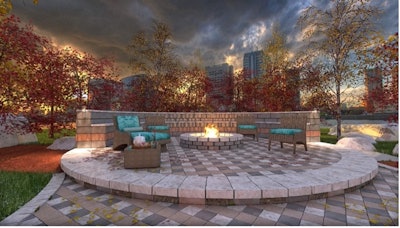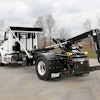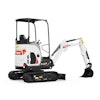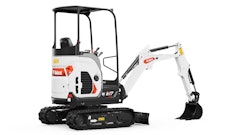
Design software can do more than just bring visions to life. The right software allows landscape designers to satisfy their clients, stick to their budget and meet time-sensitive deadlines. When communicating with fellow designers, contractors and other collaborators, design software is one platform that can help simplify everything.
Why implement?
First, you’ll be able to create powerful, stunning presentations so you can impress even the toughest of clients. You can have access to excellent visual components such as 3D visualizations, colorful 2D plans and emerging technology features such as augmented and virtual reality, allowing you to express your signature style, set your firm apart and win more work with clients.
Second, software can also help make informed decisions with features such as automated takeoffs. For example, users can quantify the number of plants needed for a project through reports or schedules, which are spreadsheets that list the names of all plant species, their quantities, their installed sizes and even how far apart they should be spaced. This same method can also be applied to quantifying the surrounding area such as the square footage of hardscapes and plant beds. This ensures users are providing accurate information for better estimates, which means more competitive proposals. Additionally, users can lean on industry-specific tools for landscape elements and features, such as irrigation, hardscapes, planting, excavation and lighting, to make the project more intuitively planned, modeled and estimated.
What to keep in mind
Any design software you choose can bring several benefits to your firm; however, it’s important for design and build contractors to consider the following factors before ultimately choosing which software the firm will use.
First, always allot time for the onboarding process. Choosing a design software that’s new for employees can be an overwhelming task at first but design companies need to set aside time to make sure all employees are comfortable and knowledgeable. When setting up training sessions, be sure to include those who help develop templates and create resource libraries, as these can make every design project afterward take far less time. In fact, some software companies will do a training orientation for firms to ensure proficiency and streamlined workflows. With the onboarding process, companies will also need to determine who will manage the software. That is, who would be responsible for maintaining the firm’s software license, creating and managing template libraries and onboarding all staff so designers know who they can go to in case of any challenges.
Collaboration is another factor to consider when choosing a design software for your firm. It is critical as a landscape design professional, especially when designing with other stakeholders who most likely will have changes. Users will be able to make revisions quickly, so they don’t have to start over from scratch with your design—all changes are reflected right in the platform.
Also, users should make sure they’re up to date on hardware and meeting system requirements and budgeting for system updates on a yearly basis. Consider if the software will work with the existing systems already set in place or if upgrades are needed. For budget items, make sure to account for any survey equipment you’d want to explore such as drone capturing, geographic information system mapping, project management, cloud servers, accounting, proposals and even excel documents for cost estimates.
Finally, consider what file outputs are required. If you will be frequently working with outside collaborators, determine which file formats are needed to import and export for general model exchanges, renderings and presentations, data exchange/analysis and more. Then look at what presentation pieces you’d like to have such as walkthrough videos, digital renderings and printed sheets when it comes to presenting to the client and sharing your work.
All in all, there are many benefits of design software for landscape professionals. Among the industry-specific features, simplified workflows and emerging technologies, design software has the power to bring designs to another level—making users stand out from the competition. Choosing a software that's best for their company can help design professionals deliver the best results for your clients and your firm.




















